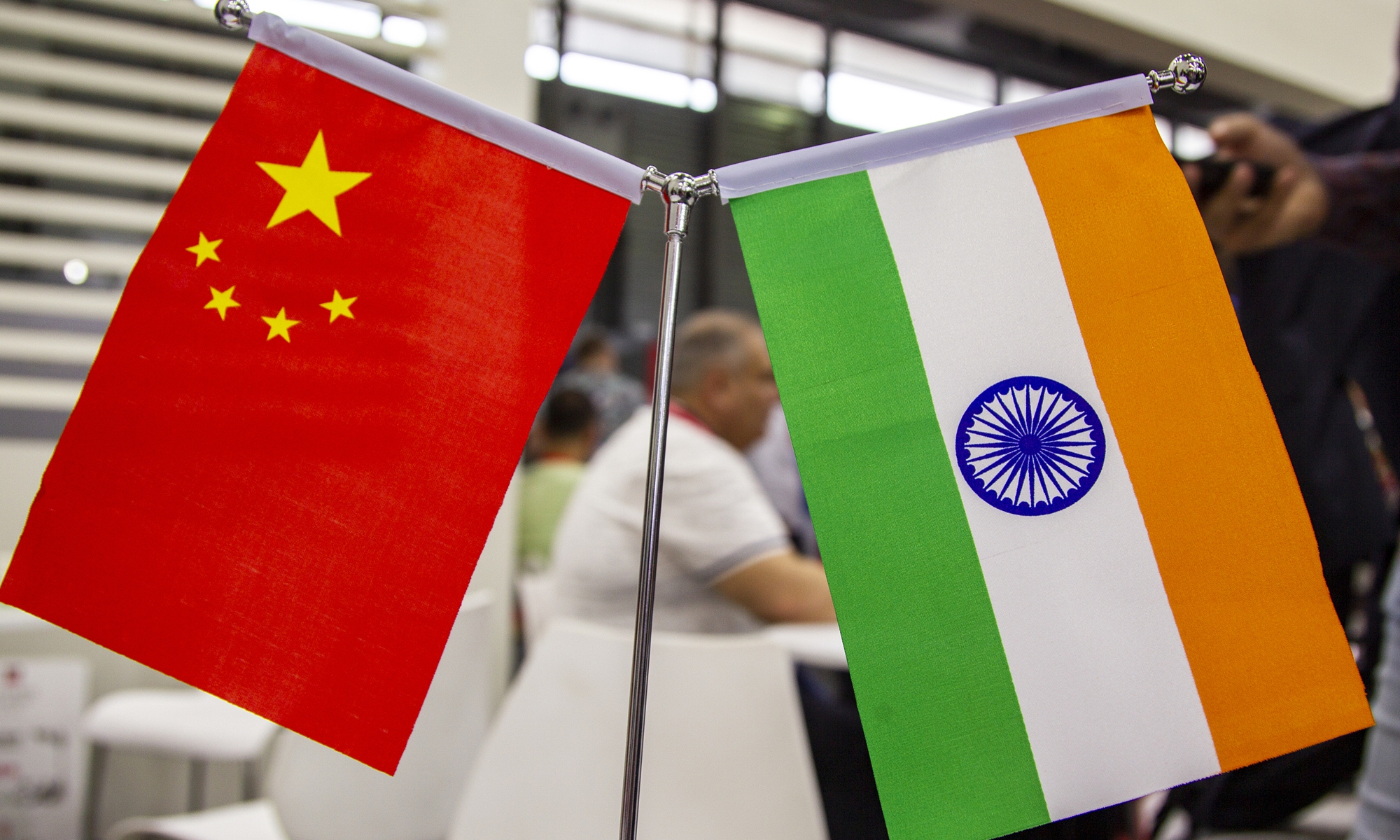Indian troops first to cross LAC; blame for border issues lies with New Delhi
By Zhang Hui Source: Global Times Published: 2020/9/2 21:28:01

China India Photo:VCG
India's habitual boasts about its military strength, fabrication of victories and cover-ups of its provocations in recent border clashes with Chinese troops, which arise from its domestic need to divert public attention from its government's failure to improve the economy and contain COVID-19, make the whole world question its sincerity in maintaining the stability of the border area, Chinese analysts said.
India's actions fully reveal that it was the first to illegally cross the border in an act of provocation, and the responsibility and consequences will all lie on the Indian side if China takes tough countermeasures, analysts said.
When Indian troops illegally crossed the Line of Actual Control (LAC) on Monday, the Indian army, which first moved to accuse China of carrying out "provocative military movements," said it "had preempted Chinese military activity" in a statement released by Indian media.
The Indian army's statement fully proves that it was the first to illegally cross the border in an act of provocation, the first to unilaterally change the status quo in the border area, and the first to violate the important consensus reached by the two sides, Chinese Foreign Ministry spokesperson Hua Chunying said on Wednesday.
"The responsibility rests entirely with the Indian side. China has exercised great restraint to prevent the situation from escalating," Hua said.
Qian Feng, director of the research department at the National Strategy Institute at Tsinghua University, told the Global Times that as the military strength of both China and India is clearly known to the world, India, the weak party, uses the description of "preemptive actions," revealing the hubris of some Indian officials.
India must bear the responsibility and consequences if China takes tough countermeasures since it was the first to engage in provocation, Qian said.
India has put its sincerity in maintaining the peace and stability of the China-India border area in doubt, as it keeps stirring up new trouble while leaving old ones unresolved, Qian said.
After the Monday incident, a short video depicting several Indian soldiers singing and dancing with two flags that showed the separatist symbol adopted by the "Tibetan government in exile" circulated widely on Twitter.
The video excited some Indian netizens, who claimed India occupied the western section of the China-India border and these soldiers were clearly having a victory celebration.
However, the authenticity of the video was widely questioned on social media.
Many videos, photos and reports on China-India border clashes and India-Pakistan clashes circulated by the Indian side on social media have turned out to be fake, Qian said.
In a recent example, some Indian netizens claimed on social media that an Indian official died during the latest clash with Chinese troops, but later, the Indian army said the official died in an accident that took place during the loading of an infantry combat vehicle.
During the Galwan Valley clash in June, some Indian media boasted that 43 Chinese soldiers died, while only 20 Indian soldiers died in the fistfight. The reports were totally untrue, Qian said.
Also, the number of exiled Tibetans who serve among Indian troops is very small, and they have very low political status in the army, Qian said, adding that he also doubted whether the Indian army allowed its soldiers to use such flags.
He said that India boasted of its military strength and created an illusion of "spiritual victory," which showed that its media were unethical and India was desperate to divert domestic attention away from the Indian government's failure to curb the worsening COVID-19 situation or to improve the economy.
RELATED ARTICLES: